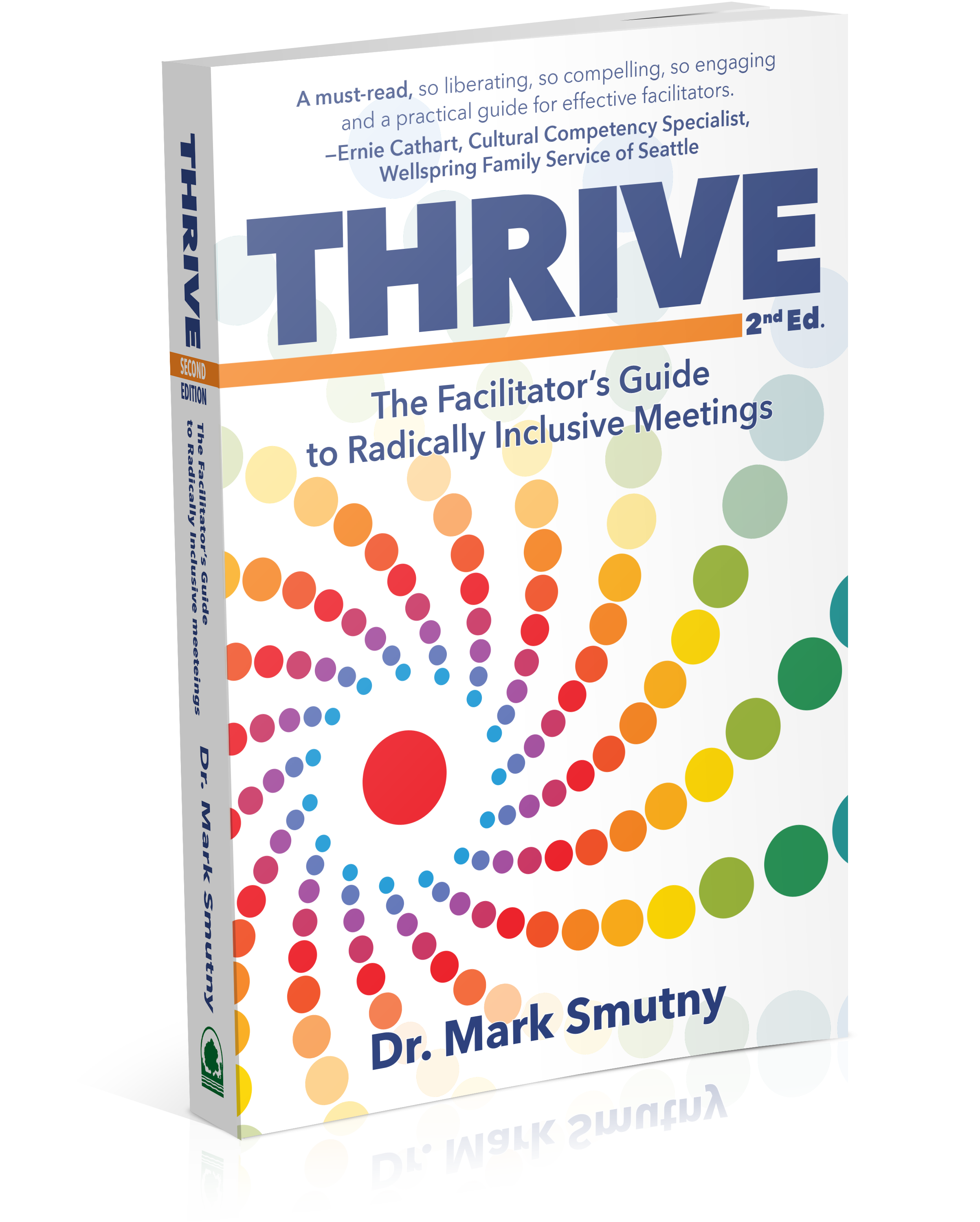
 Introduction:
Introduction:
The role of an Executive Director is pivotal in the success of any nonprofit organization, particularly business associations. They serve as the face of the organization, leading strategic initiatives, driving growth, and fostering relationships with stakeholders. However, finding the right individual to fill this crucial position can be a daunting task. To help streamline the executive director search process for your nonprofit business association, here are ten essential tips to consider:
Define Clear Objectives and Criteria:
Before commencing the search, it’s imperative to establish clear objectives and criteria for the ideal candidate. Consider factors such as public speaking skills, team-building experience, working with nonprofit boards, fundraising abilities, event planning skills and cultural fit within your organization. These criteria will serve as a guideline throughout the recruitment process, ensuring you find a candidate who aligns with your association’s goals and values.
Engage Stakeholders:
Involve key stakeholders in the search process, including board members, staff, and community leaders. Their input can provide valuable insights into the qualities and qualifications desired in an Executive Director. Additionally, involving stakeholders fosters a sense of ownership and commitment to the hiring decision.
Develop a Comprehensive Job Description:
Craft a detailed job description outlining the responsibilities, qualifications, and expectations for the role. Be specific about the skills and experience required, as well as any preferred attributes such as familiarity with the nonprofit sector, business sector or expertise in a particular industry.
Utilize Multiple Recruitment Channels:
Cast a wide net when seeking candidates by utilizing various recruitment channels. This may include posting job listings on online job boards, reaching out to professional networks, and leveraging social media platforms. Additionally, consider partnering with an executive search consulting firm specializing in nonprofit leadership placements.
Screen Candidates Thoroughly:
Conduct thorough screenings of potential candidates to assess their qualifications and fit for the role. This may involve reviewing resumes, conducting initial phone interviews, and assessing candidates’ professional backgrounds and experiences. Look for individuals who demonstrate a strong track record of leadership, strategic thinking, and a passion for business.
Conduct Structured Interviews:
When interviewing candidates, utilize a structured interview process to ensure consistency and fairness. Develop a set of predetermined questions that assess candidates’ skills, experiences, and alignment with your organization’s values. Consider incorporating behavioral and situational questions to gain insights into candidates’ problem-solving abilities and leadership style.
Assess Cultural Fit:
Evaluate candidates not only based on their qualifications but also on their cultural fit within your organization. Consider factors such as their leadership approach, communication style, and compatibility with your association’s values and work environment. Look for candidates who will seamlessly integrate into your team and champion your organization’s mission.
Check References and Conduct Background Checks:
Before making a hiring decision, thoroughly vet candidates by checking references and conducting background checks. Reach out to previous employers, colleagues, and other professional contacts to gain insights into candidates’ performance, character, and work ethic. Additionally, conduct background checks to verify candidates’ credentials and ensure compliance with legal and regulatory requirements.
Involve the Board in the Final Decision:
Engage the board of directors in the final decision-making process to ensure alignment and consensus on the hiring decision. Present shortlisted candidates to the board for review and feedback, considering their input before extending an offer. Involving the board in the decision-making process fosters transparency and accountability within the organization.
Provide Onboarding and Support:
Once the new Executive Director is hired, ensure a smooth transition by providing comprehensive onboarding and ongoing support. Familiarize the new hire with the organization’s culture, operations, and strategic priorities. Additionally, assign a mentor or peer advisor to support the Executive Director during the transition period and beyond.
Conclusion:
Conducting an executive director search for a nonprofit business association requires careful planning, thorough assessment, and collaboration among stakeholders. By following these ten essential tips, you can streamline the recruitment process and find a dynamic leader who will drive your organization’s mission forward. Remember, investing time and effort in finding the right candidate is essential for the long-term success and sustainability of your nonprofit business association.
About Mark Smutny and Civic Reinventions, Inc.
If you’re curious about building inclusive practices into your nonprofit and improving mission success, email Mark at mark.smutny@civicreinventions.com or call 425-405-5615.
Mark Smutny is a nonprofit consultant specializing in conflict resolution, a professional facilitator, author, and Founder of Civic Reinventions, Inc.
Mark’s book, “Thrive: The Facilitator’s Guide to Radically Inclusive Meetings, 2nd ed.,” provides powerful tools for greater productivity and

